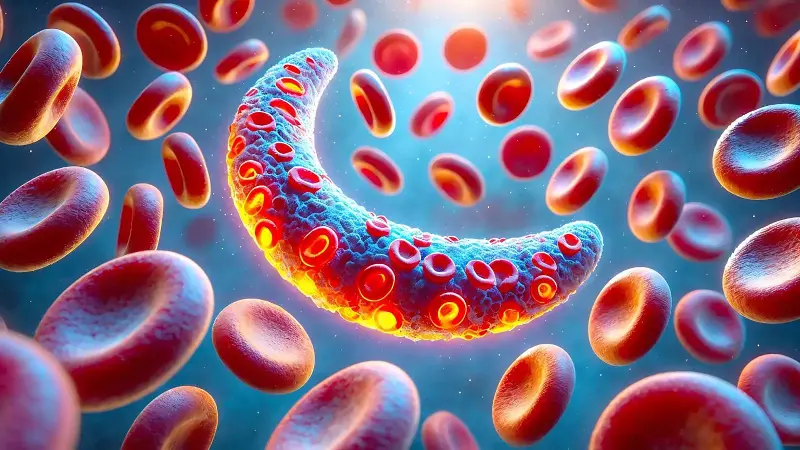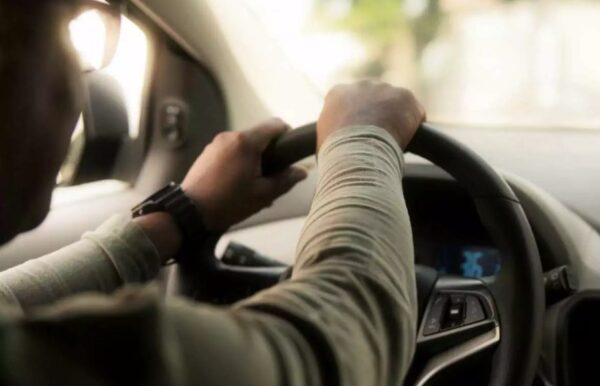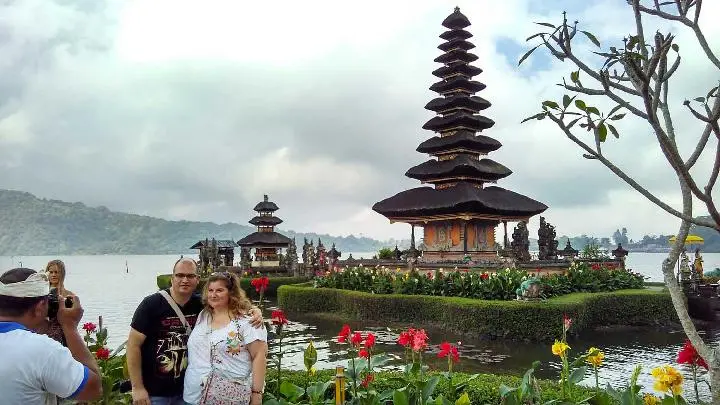Lifestyle-Health
The impact and driving force behind India’s National Sickle Cell Anaemia Elimination mission

In just over a year since its launch, India’s National Sickle Cell Elimination Mission (NSCEM) is already demonstrating a notable impact in the nation’s fight against Sickle Cell Disease (SCD). This public health initiative, active in 278 districts across the country, has rapidly transformed the approach to both diagnosis and management of SCD. With a focus on tribal populations which are more susceptible to the disease and an ambitious target to eliminate SCD as a public health problem by 2047, the mission has achieved unprecedented reach, which is evident in its screening numbers.
According to government statistics, more than 42 million people were screened for SCD in the first year. This figure, in comparison, is over 10 times the annual number of babies screened in the universal new born screening program in the United States (approximately 3.6 million) and 70 times more. This daily identification rate is roughly equivalent to the total number of new births affected over an entire year in the United Kingdom.
Furthermore, approximately 2,500 carriers of the sickle cell trait are identified daily. While these individuals do not present immediate clinical concerns, their identification is critical for future prevention. These carriers are informed about the disease and offered premarital screening and genetic counselling to help prevent the transmission of SCD to future generations. All screened individuals are given a standardised, color-coded identity card that visually indicates their sickle cell status and reproductive risk in an accessible format.
The mission’s multi-pronged approach extends beyond screening to encompass comprehensive care and counselling and also future research. This includes:
Prevention strategies
Prevention of serious infections has played a key role in SCD management. Immunisations against Streptococcus pneumoniae and Haemophilus influenzae have improved survival rates and brought down deaths caused by the pneumococcal disease. The government is also carrying out mass screenings and those at high-risk are being counsel.
Prenatal screening
For couples at risk, prenatal screening for SCD using advanced techniques like chorionic villus sampling and amniocentesis, is made available at Government of India’s expense. This empowers families to make informed decisions. Efforts are being made to improve access to these services in geographically remote areas also.
Social support and legal protection
Recognising the challenges faced by individuals with SCD, the Rights of Persons with Disabilities (RPWD) Act of 2016 includes thalassemia, haemophilia, and SCD among the three haematological disorders covered. This act provides vital protections and entitlements for those with 40 per cent or more disability, including:
Accommodations at school and work, such as flexible timings and extra leave to allow for medical care
Relaxation in attendance requirements and additional time for timed examinations
Financial assistance for medical expenses
Consideration for employment opportunities in proximity to comprehensive care facilities
The Act also mandates non-discrimination, upholds the right to equality and life with dignity, offers incentives for employers to hire individuals with disabilities, and provides preferences in admission to higher education courses.
Advancements in disease-modifying therapies
Hydroxyurea: A widely used disease-modifying therapy, Hydroxyurea (HU) has been used in patients with SCD in India since 2008. HU is dispensed free of charge through government health systems and is commercially available at low cost. It is manufactured domestically by several pharmaceutical companies, ensuring ready availability. An oral liquid formulation, stable at room temperature is also being manufactured in India, offering a significant advantage for treating children in remote, tropical regions. HU has proven effective in reducing painful episodes, blood transfusion needs, and hospitalisation rates. It is currently being given to all patients with sickle cell disease starting at two years of age. Research is ongoing to assess the efficacy of different dosages and dose escalation strategies.
Advancements in curative therapies
Hematopoietic Cell Transplantation: Hematopoietic Cell Transplantation (HCT), often referred to as bone marrow transplant, has been gaining popularity in India over the past four decades. The country now has 114 HCT centres, with 89 reporting results to a bone marrow transplant registry.
Clinical research
India is emerging as a hub for SCD clinical trials, with approximately 47 trials registered in the Clinical Trial Registry India for SCD. These trials encompass a range of interventions, including HU, haploidentical transplant conditioning regimens, and novel drug candidates pyruvate kinase activator, fetal haemoglobin (HbF) inducers. With large numbers of patients with SCD and medical services in private and academic hospitals, India has the potential to serve as a source for conducting interventional clinical trials.
Looking into the future
Announced by PM Narendra Modi in 2023, NSCEM is a comprehensive effort to improve the care of all SCD patients and lower disease prevalence. Some of its core pillars include:
Increasing awareness for SCD and pre-marital genetic counselling
Prevention via universal screening and early detection
Providing continuous care across primary, secondary, and tertiary healthcare levels
Strengthening tertiary and quaternary healthcare facilities
Encouraging community adoption and providing support systems
The progress of the mission is meticulously tracked and updated in real-time on a public online portal, guiding resource allocation at district, state, and national levels.
Furthermore, recognising the potential of transformative therapies, the Government of India has made significant investments in research to develop gene therapies for SCD domestically. While concerns about feasibility and cost in low and middle-income countries remain, India’s proactive research support comes as a glimmer of hope for future curative solutions.
Note to the Reader: This article has been produced on behalf of the brand by HT Brand Studio and does not have the journalistic/editorial involvement of Hindustan Times. The information provided does not constitute medical advice. Please consult a registered medical practitioner for health-related concerns.
-

 Lifestyle-Health4 months ago
Lifestyle-Health4 months agoInvesting ₹10,000 a month via SIP in this mutual fund would have swelled to ₹1.71 crore in 21 years. Check how
-

 Breaking News4 weeks ago
Breaking News4 weeks agoIsrael Names 77 Countries That Boycotted Netanyahu’s UN Speech In Protest Over Gaza War
-

 Lifestyle-Health4 months ago
Lifestyle-Health4 months agoMultibagger small-cap stock under ₹50 jumps despite sell-off in Indian stock market
-

 News In Diaspora4 months ago
News In Diaspora4 months agoHotels and homes on Crete evacuated as wildfire burns out of control
-

 Lifestyle-Health5 months ago
Lifestyle-Health5 months agoOgie Alcasid’s daughter Leila ties the knot in Australia
-

 Lifestyle-Health4 months ago
Lifestyle-Health4 months agoDriving Abroad: These 34 countries accept SA licenses
-

 Politics5 months ago
Politics5 months agoFinally Federal Government of Nigeria Assures Citizens, Says The President Isn’t Controlled by Any Cabal
-

 Lifestyle-Health2 months ago
Lifestyle-Health2 months ago11 signs of growth that you might have missed
-

 Breaking News2 months ago
Breaking News2 months agoVeteran actress, Peju Ogunmola, loses only child, Ayomikun
-

 Lifestyle-Health4 months ago
Lifestyle-Health4 months ago10 Unwritten Rules for Visiting Bali that Travelers Should Know
-

 Lifestyle-Health2 months ago
Lifestyle-Health2 months agoWhen to take time off and focus on yourself and your family
-

 Lifestyle-Health4 months ago
Lifestyle-Health4 months agoAyala, UPC Renewables JV to sell stake in 1 GW projects in $600 mn deal

